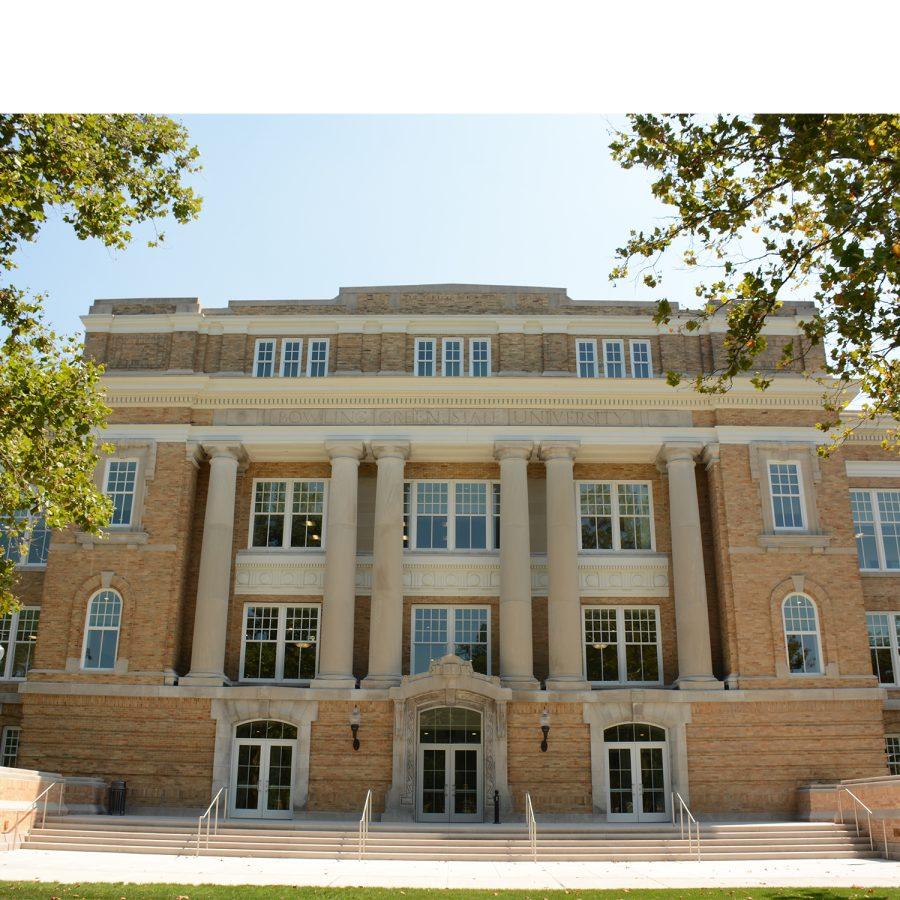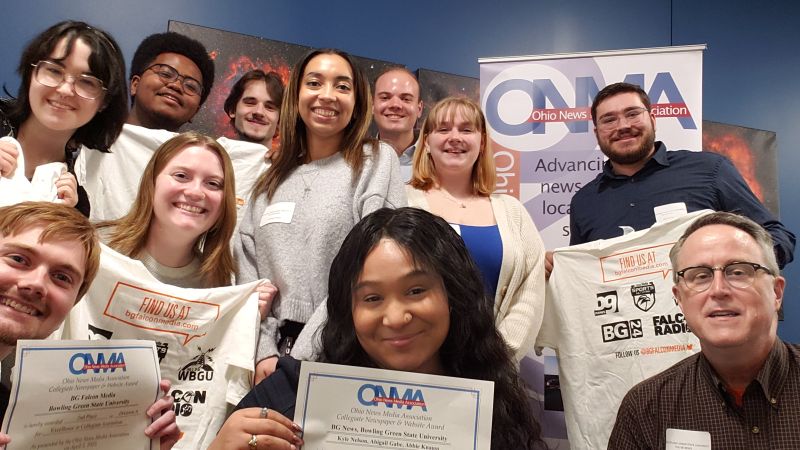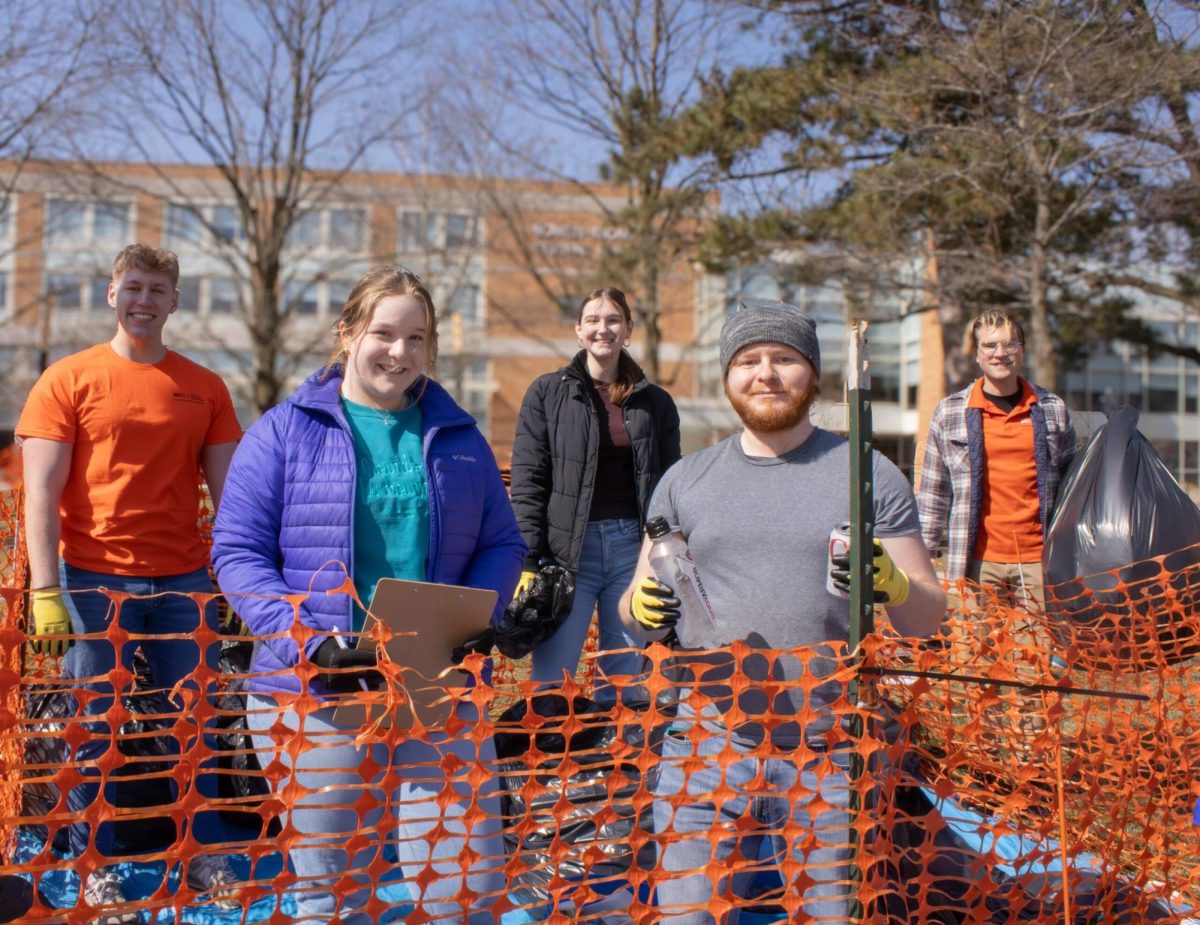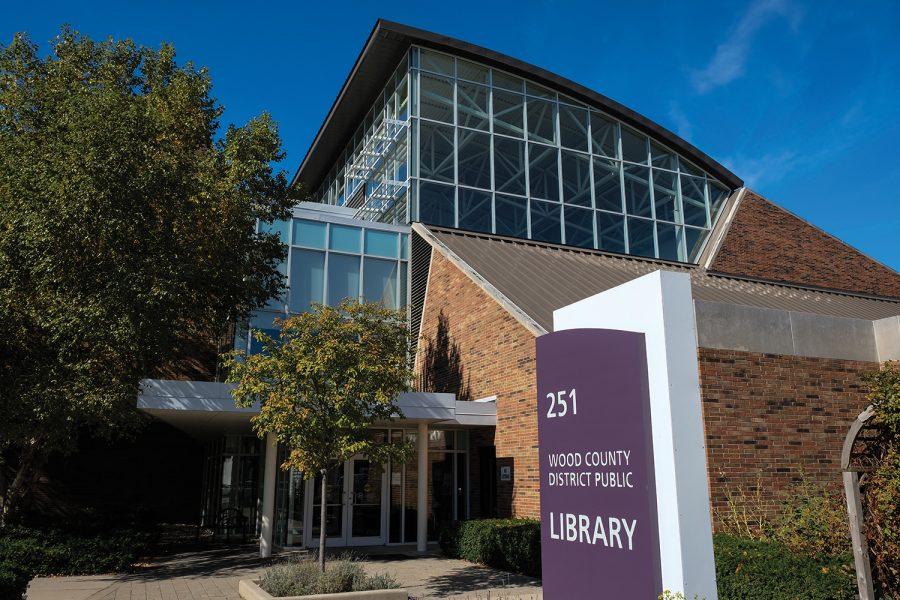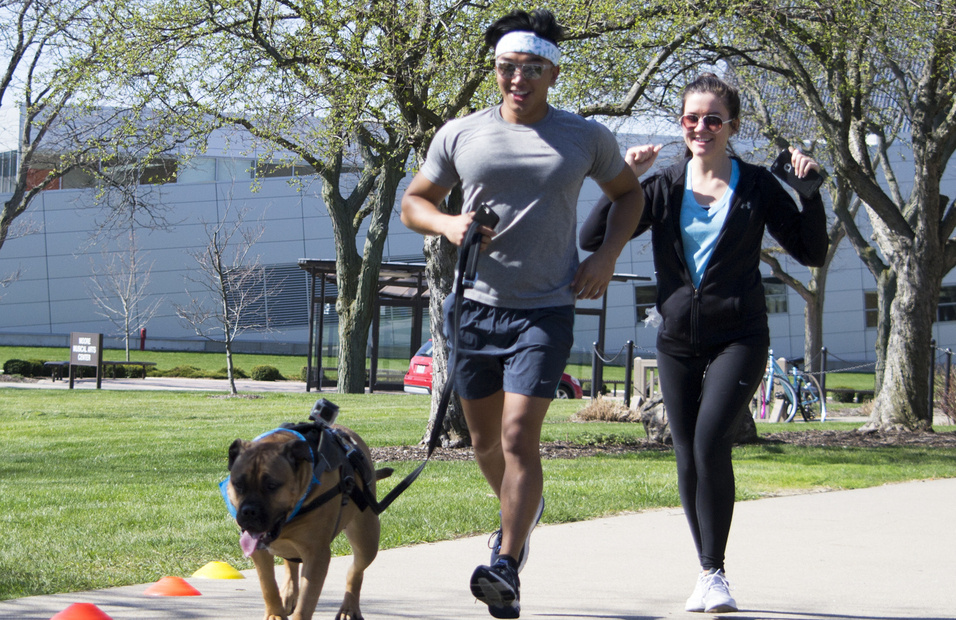After months of use, reviews have come in for two of the University’s most recently refurbished buildings: they are a success, mostly.
University and Moseley Halls were reopened at the beginning of Fall 2017 semester after a period of construction starting in Spring 2016.
In addition to alterations in physical space, both buildings received technological upgrades, both in the installation of devices most other buildings on campus currently have, such as built-in projectors, and in sustainability improvements.
Building planners worked to make University Hall more accommodating for student organizations and school offices on the first and second floors and secured space for classrooms on the third and fourth floors. Additionally, a theater space in the building was removed and replaced with a secondary main entrance to minimize energy use and emphasize the importance of organizations’ presence in the building.
Paul Valdez, associate director of the Center for Community and Civic Engagement, said in a BG News interview last year his group’s activities benefitted from the renovations, citing more expansive office space and higher-quality work desks as stand-out improvements.
He also said his group benefitted from the addition of a custom additional project room, and that it was put in the renovation plans directly because of input from the group. Many other groups in the building received similar custom accommodations, which pleased many group members and leaders.
Brett Holden, academic affairs coordinator of learning communities, said he liked the central location the renovated hall afforded for different student groups, as well as its continued existence as a historical building on campus.
Changes to the classrooms on the upper floors, however, were met with more contention, with different professors expressing disdain over the non-traditional set-up of the classrooms and the distribution of dry-erase boards. Some rooms received additional changes, like more boards, to account for these complaints.
Moseley Hall, on the other hand, received changes so it could host a selection of introductory laboratory science courses, including classes in geology, biology, chemistry and medical laboratory science. Though the building hosted science courses prior to renovation, stock rooms and designated study areas were created to better serve current students.
Alex Shearer, a sophomore who had been taking various courses in Moseley Hall to fulfill his Biology major, said he appreciated many of the changes made to the building. He thought they made the building superior to other science-focused halls. “Compared to last year’s experience,” he said, “Moseley’s was a very big step up.”
Shearer made special mention of the classrooms’ bigger spaces and quality of equipment, saying he would rather have more of his major-required classes in Moseley instead of some of the other science buildings.
He also mentioned the bright, colorful appearance of the altered building, saying it was “very good for the University’s look.”
Megan Knepp, a sophomore gerontology major, appreciated many of the environmental improvements the building gave compared to other science buildings during her biology 2050 course last semester.
“The feeling was brighter,” she said. “The other (building) was dark and dull. … I liked the lighting.”
Knepp also said that the quality of the laboratories was nearly the same between the Moseley facility and other buildings teaching lab science courses on campus, but that newer, large-scale machines in the renovated building made for very interesting lessons.
However, she did mention one drawback she saw relatively often during her course: “The shortage of technology.” She mentioned that some labs were marked by equipment shortage, citing one session in which her equipment could not be replaced and that she had to share tools with other students. “There was a lot to share when we didn’t have to,” she said.
Though not all changes to two of the University’s oldest buildings have been met with approval, many of the major changes have been popular.


